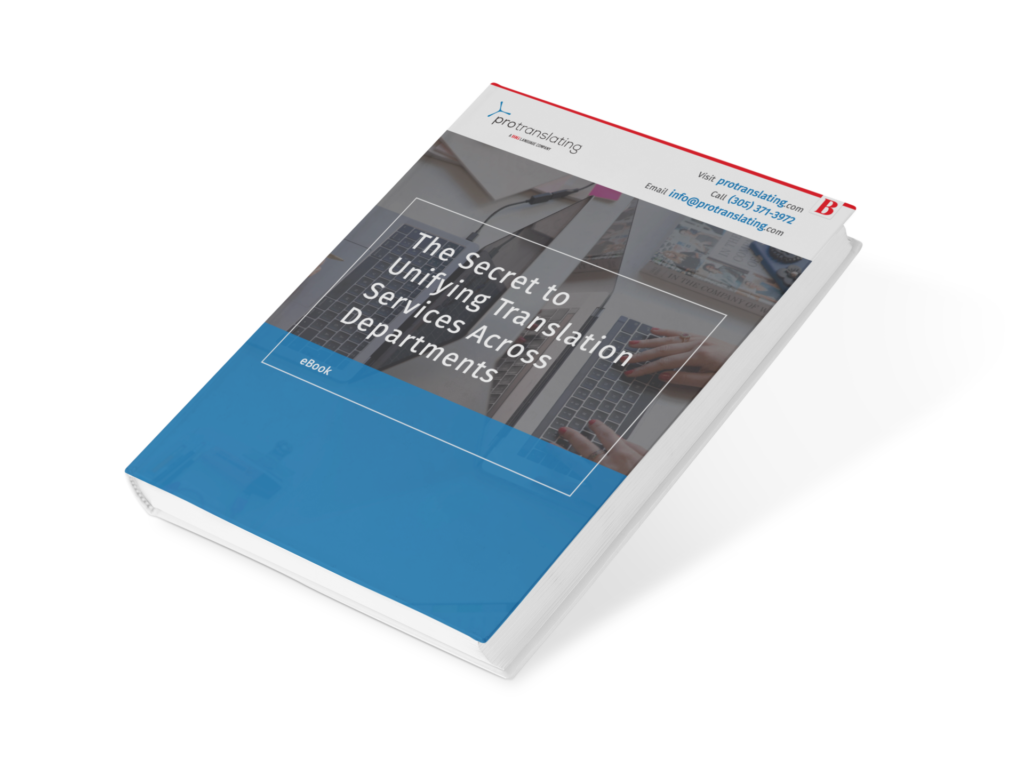Traditional methods of educating and training employees deliver mixed results. In many cases, the problems of ineffective training and education are interwoven with the experiences used to deliver this information and improve employee productivity and performance.
Long, dry training videos and large office educational seminars are just two examples of the problems with this approach. Each one lacks interactive elements and personalized training that improves learning and retention, and empowers employees to apply those new lessons to their daily work. eLearning gamification addresses many of the challenges and limitations of these traditional education methods—while also providing a scalable service that can be delivered across geographic, linguistic, and cultural borders.
If you’re unfamiliar with gamified learning, here’s a look at some of the key benefits offered through this interactive approach.
Use gamification to deliver real-world rewards
Rewards are one of the top motivators for employees when it comes to training participation and mastery. When the learning experience is gamified, these rewards are given more transparency and structure, such as by offering first-place awards for contests, or rewards tiers based on course completion or other metrics.
Rewards can take many different forms, including cash prizes, gift cards, additional benefits (an extra vacation day, for example), or simple recognition among an employees’ peers. Whatever the reward, this simple motivator can improve training outcomes and support greater accountability for your workers.
Turn employee training into interactive contests
Research has shown that different employees are motivated by different factors. While some crave rewards and compensation, others are more motivated by the power that comes with winning a contest and being recognized for their efforts. Other employees might be best motivated by fostering a sense of community that connects them to their co-workers and their employer.
A friendly interactive contest can achieve all of these motivating factors, in different ways. Some employees will be determined to win, thereby earning the benefits that come with this achievement. Others will simply want to participate in the process and interact with co-workers through the training experience—which can include holding co-workers accountable to improve overall group performance.
A little healthy competition built around your eLearning course can boost company morale while also improving engagement with important training and educational materials.
Identify productivity trends through eLearning productivity reports
eLearning modules are interactive and data-connected, so this approach to education and training can help businesses conduct analytics into how effectively their employees are learning new information and improving their productivity.
This is a valuable resource that can help management offer additional support to employees where needed, or to conduct an intervention to address an employee’s low motivation or sub-standard productivity. Through this data-driven oversight, managers can identify problems among your workforce and address them before they develop into bigger and more costly issues down the road.
Course-correct employee performance before their annual review
Traditional training and education typically involve an initial training, seminar or tutorial delivered to employees or students, followed by a future assessment of how well those lessons have been applied. In a workplace setting, it can take months for these performance reviews to illuminate shortcomings in both training and learning retention.
With interactive training elements available through an eLearning module, participants can receive additional focus and training on a subject matter they are struggling to process and apply. Through customized learning, employee performance can be tested and addressed during the training process, improving education outcomes.
Whether you’re a local business or a multinational enterprise, gamified eLearning offers a proven methodology to improve training effectiveness and learning retention. If you need help translating eLearning modules to serve a multilingual audience, contact Protranslating today.







